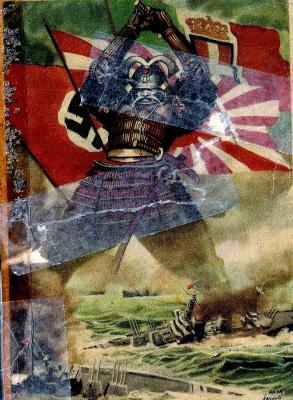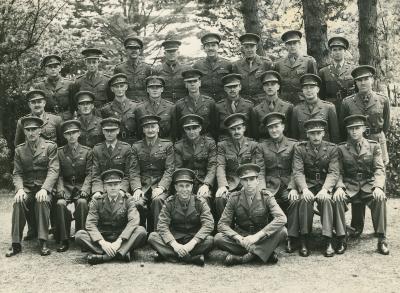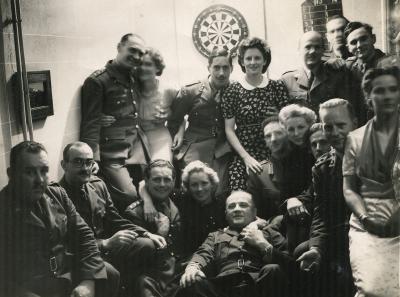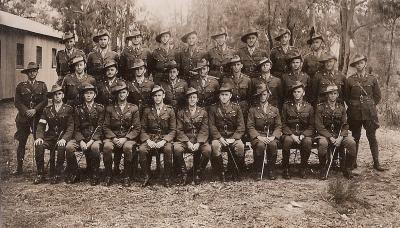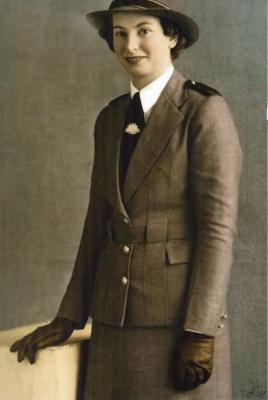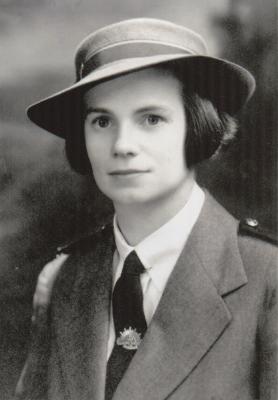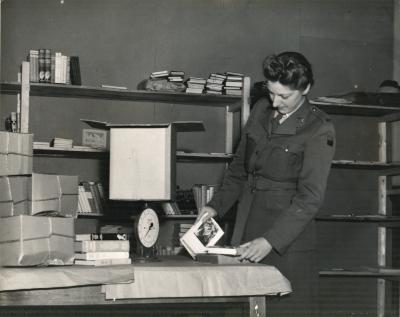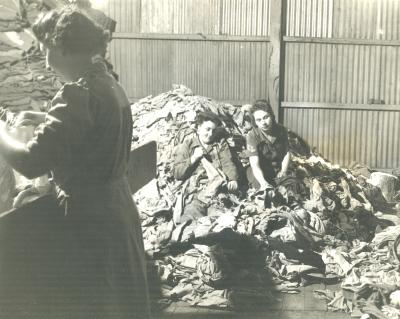World War 2, South West Pacific, Borneo, Tarakan, 1945
1945View of a village on Tarakan
Tarakan is a triangle-shaped island 4.0 km off the coast of Borneo. Prior to World War II, Tarakan formed part of the Netherlands East Indies (NEI) and was an important oil production centre. Securing Tarakan's oilfields formed one of Japan's early objectives during the Pacific War. Japanese forces landed on the island's east coast on 11 January 1942 and defeated the small Dutch garrison.
Tarakan's value to the Japanese evaporated with the rapid advance of Allied forces into the area during 1944. Heavy Allied air raids later in the year destroyed the island's oil production and storage facilities.
The Battle of Tarakan was the first stage in the Borneo campaign of 1945. It began with an amphibious landing by Allied forces on 1 May, code-named Operation Oboe One. The Allied ground forces were drawn mainly from the Australian 26th Brigade, but included a small element of Netherlands East Indies personnel. The main objective of the landing was capture of the island's airfield. The secondary objective for the operation was to secure Tarakan's oilfields and bring them into operation as a source of oil for the Allied forces in the theatre.
While the battle ended with success for the Allied forces, this victory is generally regarded as having not justified its costs. The airfield was so heavily damaged that it ultimately could not be repaired in time to make it operational for other phases of the Allied campaign in Borneo.
Details
Details
Australian Army Museum of Western Australia
Australian Army Museum of Western Australia
Other items from Australian Army Museum of Western Australia
- World War 2, Tri-Partite Axis, 1940
- World War 2, Europe Eastbourne, 11 Battalion , 1945
- World War 2, Europe Eastbourne, 11 Battalion , 1945
- World War 2, Australia Victoria Melbourne, Australian Women’s Army Service, 1945
- World War 2, Australia Western Australia, 11 Battalion, 1939
- World War 2, Australia, BULLWINKEL, 1940
- World War 2, Australia, SX10596 BALFOUR-OGILVY, 2/4 Casualty Clearing Station, 1940
- World War 2, Australia, KEATS, PYMAN, 2/10 Australian General Hospital, 1940
- World War 2, Borneo, Australian Women’s Army Service, 1943
- World War 2, Australia, Australian Women’s Army Service, 1943
- World War 2, Australia, Australian Women’s Army Service, 1943
- World War 2, Australia, Australian Women’s Army Service, 1943
